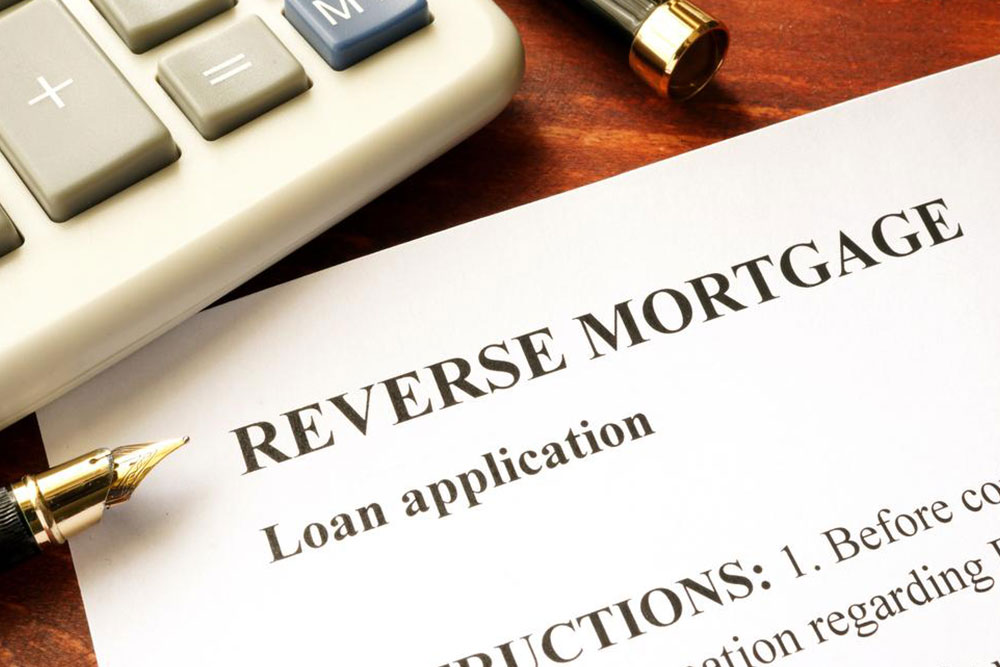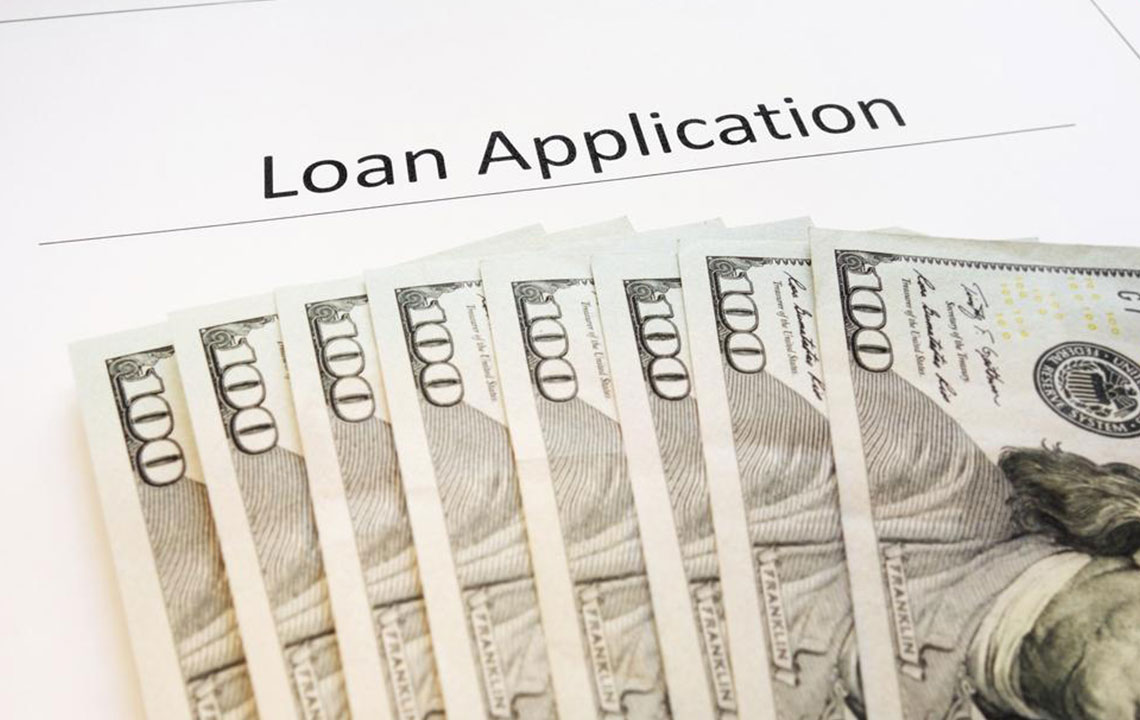Comprehensive Guide to Qualifying for the HARP Refinance Program
This comprehensive guide explains how homeowners with limited equity or negative home value can qualify for the HARP refinance program. Covering eligibility criteria, application steps, and the benefits of refinancing, this article provides valuable insights to help homeowners access lower interest rates, reduce payments, and stabilize their finances amid challenging economic conditions. Perfect for those seeking affordable refinancing options under government-backed programs.

Comprehensive Guide to Qualifying for the HARP Refinance Program
For many homeowners, especially those with limited equity in their property or those who owe more on their mortgage than their home is currently worth, refinancing can seem out of reach. Traditional refinancing options often require substantial home equity, making it difficult for homeowners in less favorable financial situations to access beneficial loan terms. Fortunately, the Home Affordable Refinance Program (HARP) provides a vital pathway for eligible homeowners, allowing them to refinance their existing mortgages under favorable terms even with minimal or negative equity.
The HARP program, initiated by the Federal Housing Finance Agency (FHFA) in 2009, was created to promote sustainable homeownership during challenging economic times. Its primary goal is to help homeowners who might otherwise be excluded from refinancing due to their low or declining home equity to access more affordable mortgage options. This initiative aims to reduce monthly mortgage payments, lower interest rates, and provide homeowners with the stability they need to maintain their homes during periods of financial hardship.
The HARP program is especially beneficial for borrowers whose loans are backed by Freddie Mac or Fannie Mae. It is designed to assist those who have a loan-to-value (LTV) ratio of up to 80% or even higher in some cases. Importantly, the program has evolved over time, with several updates aimed at simplifying eligibility criteria and processes to make refinancing more accessible for homeowners in various financial situations.
One of the key features of HARP is its leniency in credit requirements. Unlike traditional refinancing programs that often impose strict credit score standards, HARP does not mandate a minimum credit score, making it more inclusive for borrowers with less-than-perfect credit histories. Additionally, appraisal requirements have been waived in certain cases, reducing the time and costs associated with refinancing, making it a more attractive option for many homeowners.
Another advantage is the ability to switch from an adjustable-rate mortgage (ARM) to a fixed-rate mortgage, providing greater payment stability and peace of mind. Moreover, HARP typically offers access to low-interest rates, which can significantly reduce monthly payments and overall mortgage costs over the life of the loan. These factors combine to make HARP a powerful tool for homeowners seeking to improve their financial stability and manage their mortgage debt more effectively.
Understanding whether you qualify for HARP is the first step towards refinancing success. Here, we outline detailed steps to help you determine your eligibility and navigate the process efficiently.
Follow these comprehensive steps to assess if the HARP program is suitable for your financial situation and to start the refinancing process:
Step 1: Gather Your Financial Documentation
Begin by collecting all necessary documents that provide a clear picture of your current financial status. This includes your recent mortgage statements for all existing loans, proof of income such as pay stubs or tax returns, and any records of your current mortgage payments. Having these documents ready will streamline the application process and help both you and your lender accurately assess your qualification status.
Step 2: Contact Your Current Mortgage Provider
Reach out to your current lender to verify if they are participating in the HARP program or work with approved HARP lenders. Even if you believe your lender might not be involved, it's worth confirming because many lenders do participate in the program either directly or through their partner institutions. Your lender may also need additional documentation from you, such as income verification or updated financial statements, to proceed with the evaluation.
After confirming your lender’s participation, visit the official HARP website or the Fannie Mae and Freddie Mac portals to find a list of approved lenders who facilitate HARP refinancing. These approved lenders have the authority to review your case, determine eligibility more precisely, and guide you through the next steps.
Step 3: Submit Your Application and Undergo the Review Process
If all qualification criteria are met and your documentation has been reviewed, you can proceed with submitting your application for HARP refinancing. At this stage, the lender will perform the necessary underwriting and appraisal procedures, although, as mentioned earlier, some appraisal requirements may be waived based on the specific circumstances.
The approval process involves a typical mortgage application review which includes checking your credit history, income verification, and existing loan details. Upon approval, the final step involves closing the refinance agreement, which generally involves signing the necessary paperwork and paying any applicable closing costs.
In case your application is denied, don't be discouraged. It’s advisable to consult a HARP specialist or mortgage counselor who can evaluate your situation and suggest alternative methods or programs that might be suitable for your particular needs. Options could include other types of refinancing, loan modifications, or exploring different government assistance programs.
Remember, understanding your eligibility and following the proper procedures can significantly increase your chances of successfully refinancing through HARP. Taking proactive steps now can lead to substantial financial savings and greater stability for your homeownership journey.
Ultimately, the decision to refinance should be based on a detailed analysis of your financial situation, current interest rates, and long-term homeownership goals. With the right guidance and preparation, the HARP program can serve as a powerful tool to help you secure better mortgage terms and achieve greater financial peace of mind.





